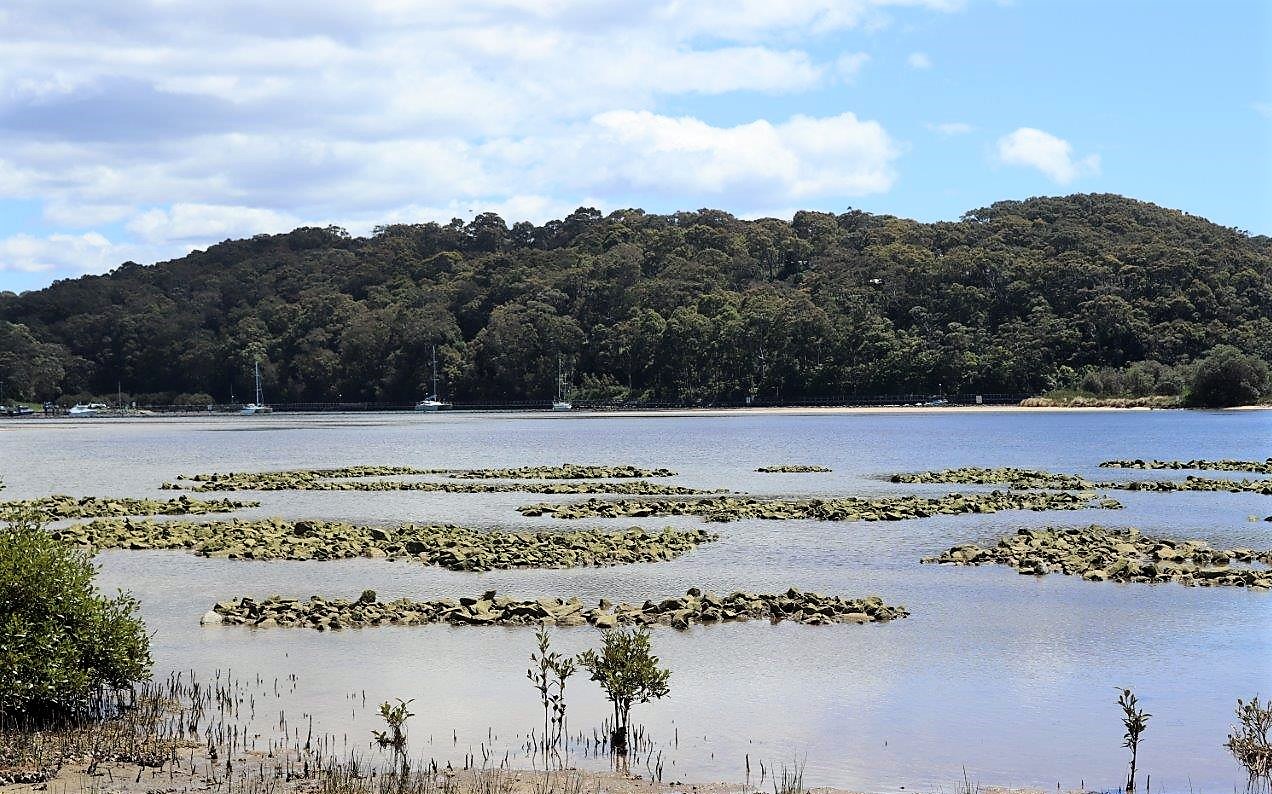The new oyster reef is part of the Wagonga Inlet Living Shoreline (WILS) project; a collaborative partnership between Eurobodalla Shire Council, NSW Department of Primary Industries (DPI) Fisheries and The Nature Conservancy Australia. The WILS project aims to restore approximately 2,700 square metres of subtidal native flat oyster (Angasi) and intertidal Sydney rock oyster reefs.
Register your interest to be involved in the project as a citizen scientist.
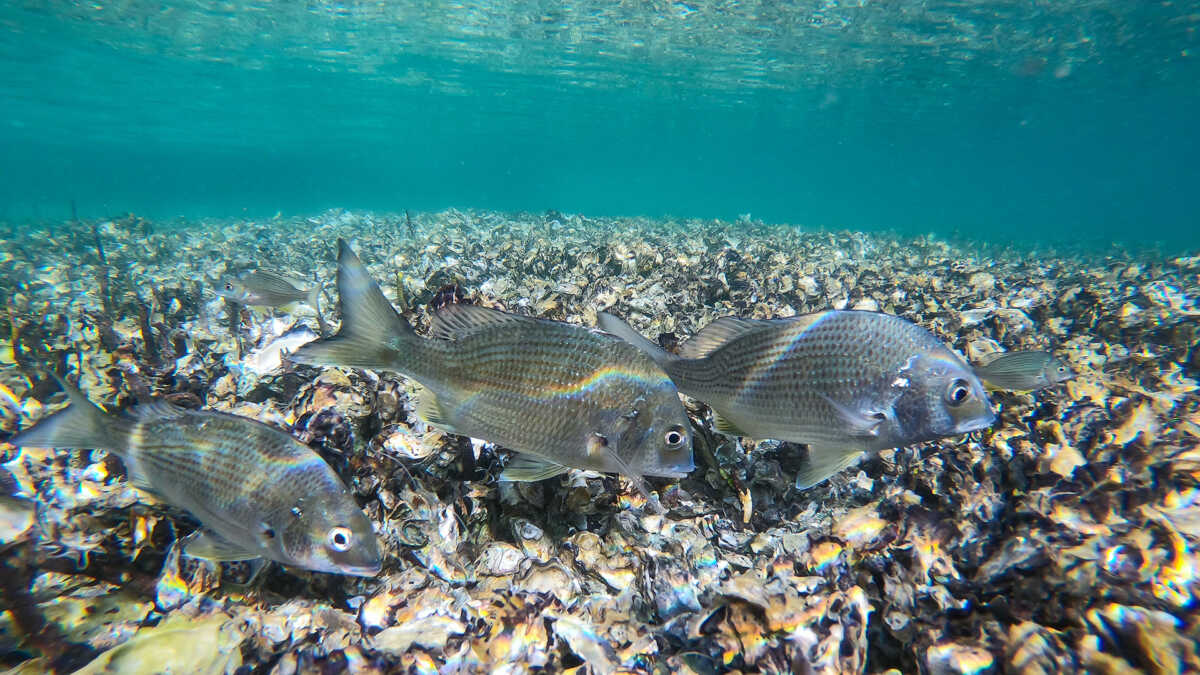
The restoration of this important habitat aims to improve local water quality, enhance foreshore protection and help support more native fish, including bream and flathead, and other marine wildlife in the area.
The benefits of citizen scientists – for communities and habitats
Volunteer citizen scientists who take part in this exciting new project will receive formal training to gather information about the recruitment of oysters and other marine life on our new Sydney rock oyster intertidal reef. The data will help to assess the effectiveness and success of the restoration activity.
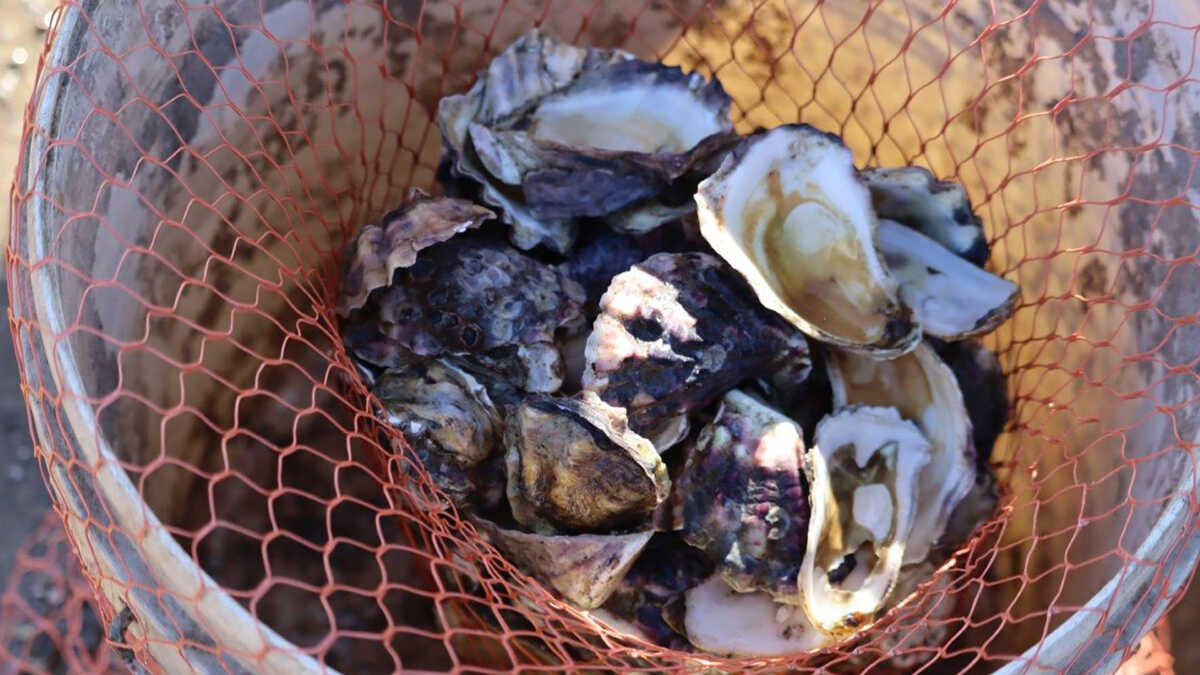
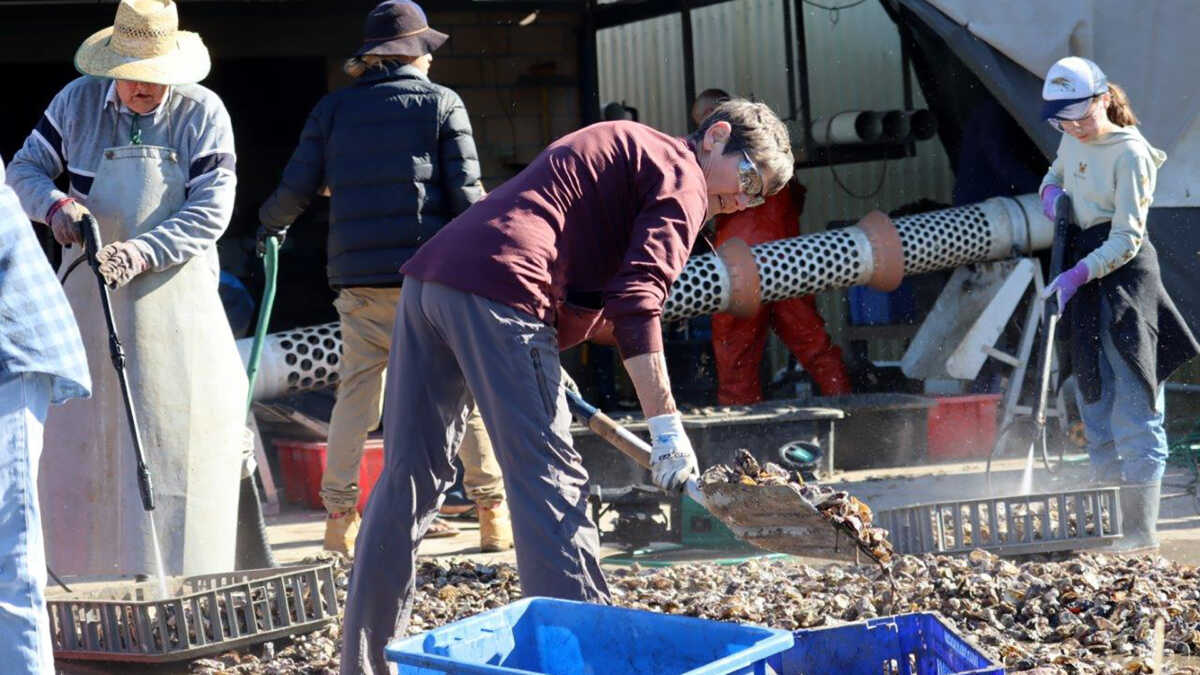
This monitoring will include sampling of the oyster reef bases to count and measure oysters, identification and counting of other invertebrates (e.g. snails), and recording of water quality data (such as the temperature and salinity).
Citizen scientists may also get involved in shorebird observations on the new oyster reefs and assist in gathering data to monitor saltmarsh restoration, as part of the greater Wagonga Inlet Living Shoreline project.
A single oyster can filter up to 50 litres of water every day – imagine what a whole reef can do!
Restoring a once abundant habitat
Natural oyster reefs were once abundant in many NSW estuaries. Historically, large beds of Sydney rock oysters and native flat oysters were a dominant feature in several south coast systems, but over many decades have been largely lost due to historical over harvesting and habitat degradation. Natural oyster reefs provide structural habitat for many native recreational fish species, such as flathead.
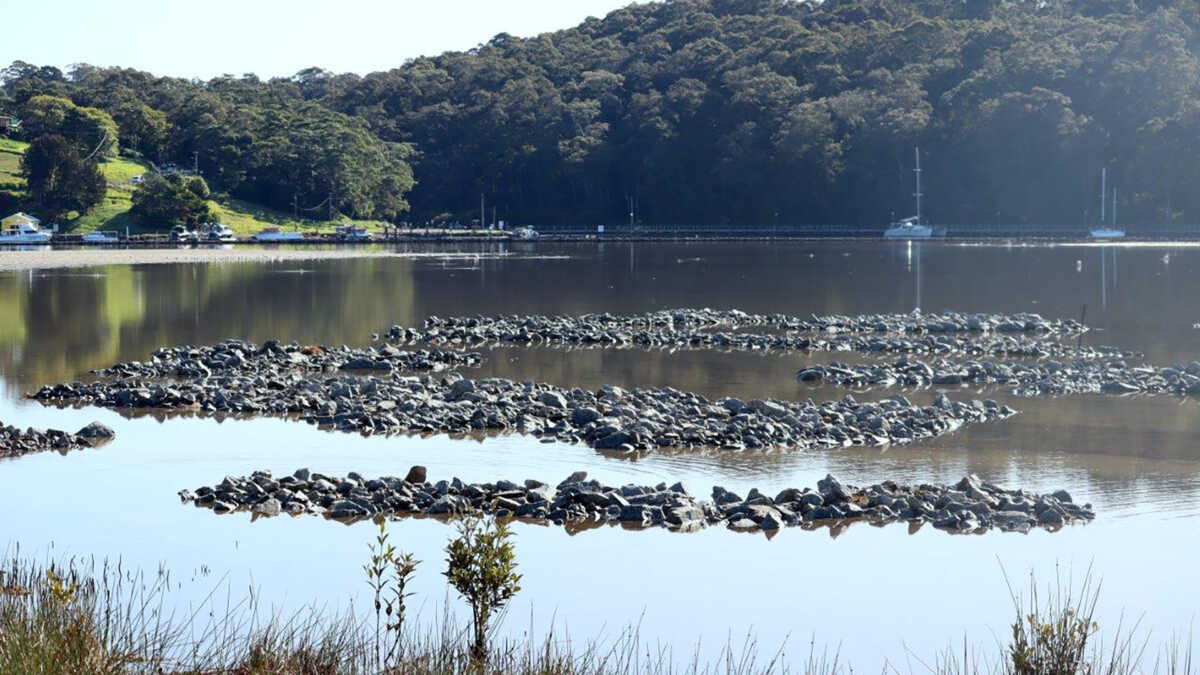
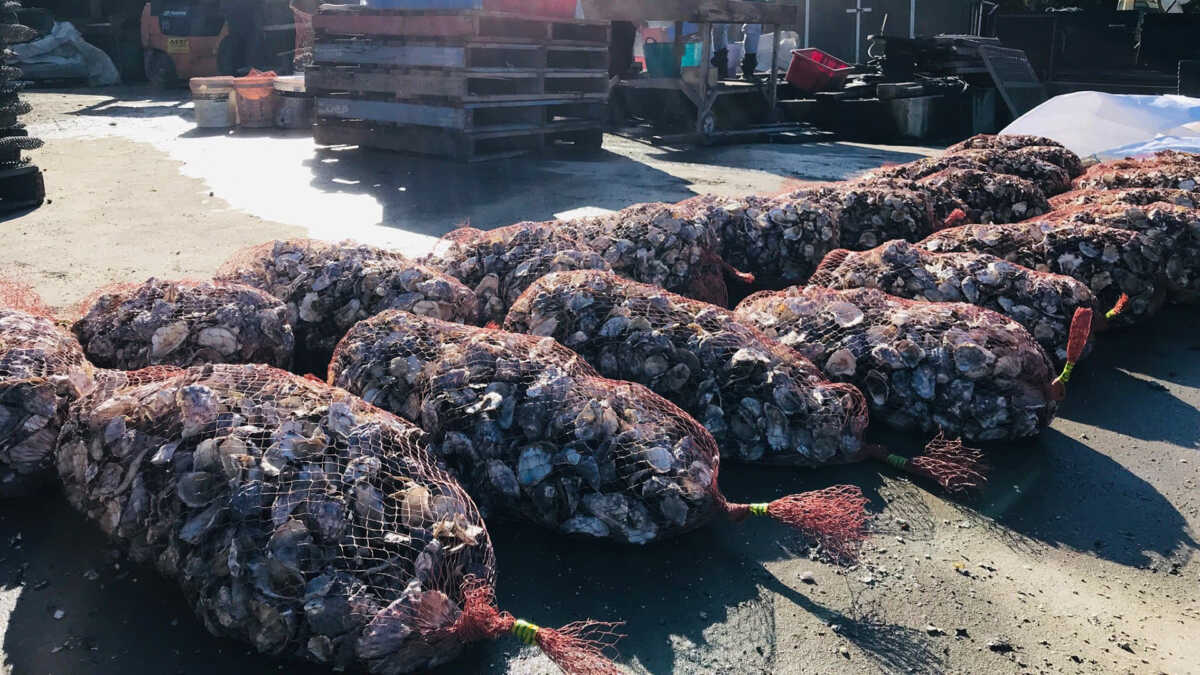
Oyster reefs also fulfill important ecosystem services that enhance the health of the marine environment; they protect shorelines from erosion by buffering wave energy, particularly during storms, and improve local water quality and clarity. This helps to support other important marine habitats such as saltmarsh and seagrass and provide increased resilience against the impacts of climate change on our coastline.
Donate to OzFish today to help projects like this one across Australia.
The Wagonga Inlet Living Shoreline project is a collaborative partnership between Eurobodalla Shire Council, the NSW Department of Primary Industries (DPI) Fisheries, and The Nature Conservancy Australia, with funding support from the Marine Estate Management Strategy and the Australian Government’s Reef Builder initiative. Additional funding is provided by the NSW Environmental Trust and the NSW Recreational Fishing and Camping Facilities Program a collaboration between the NSW Department of Primary Industries and the Australian Government.

